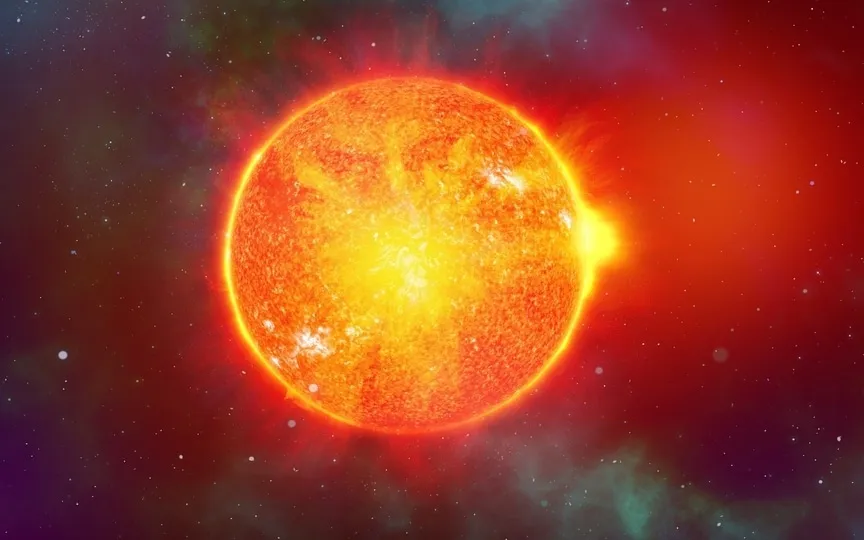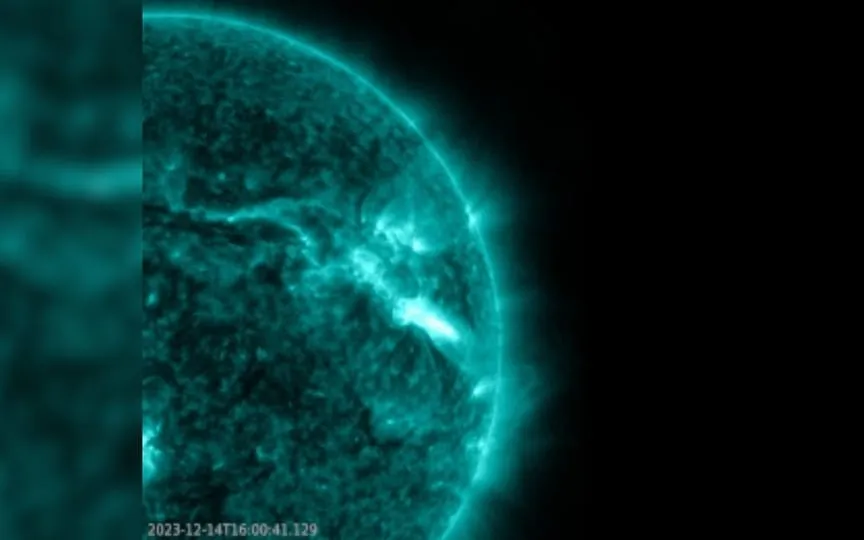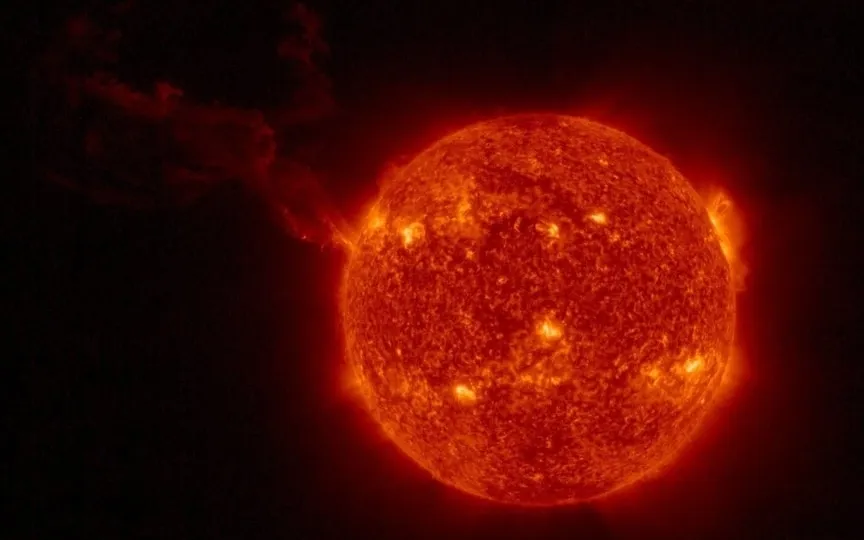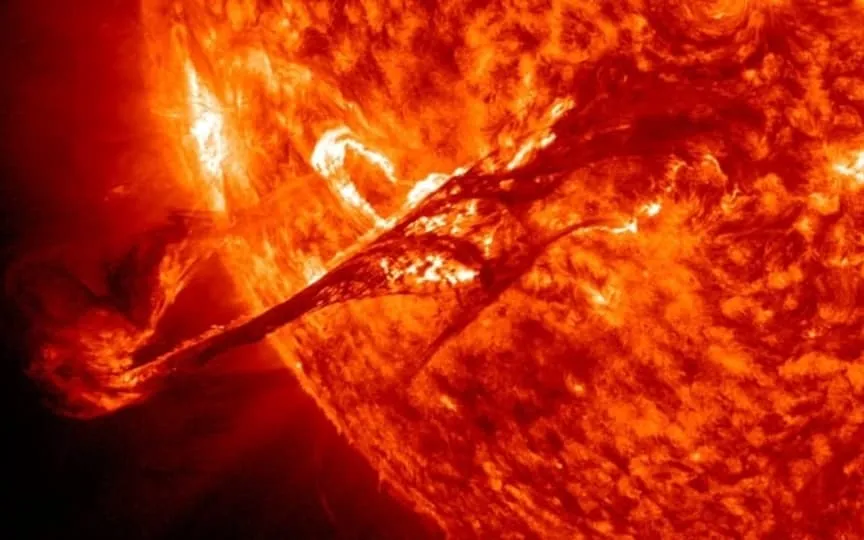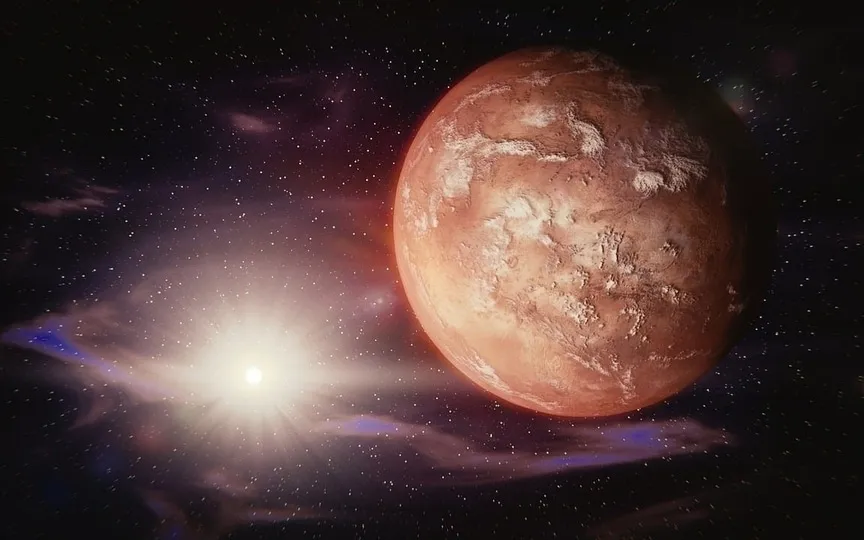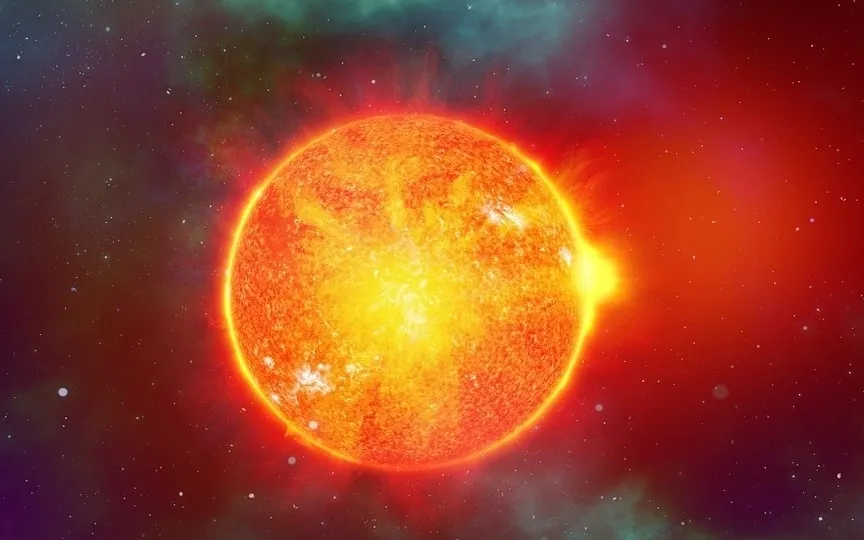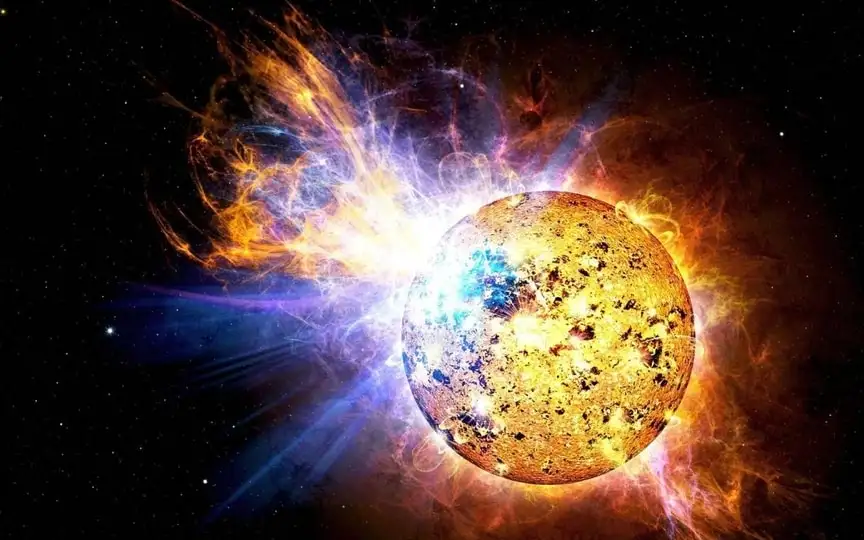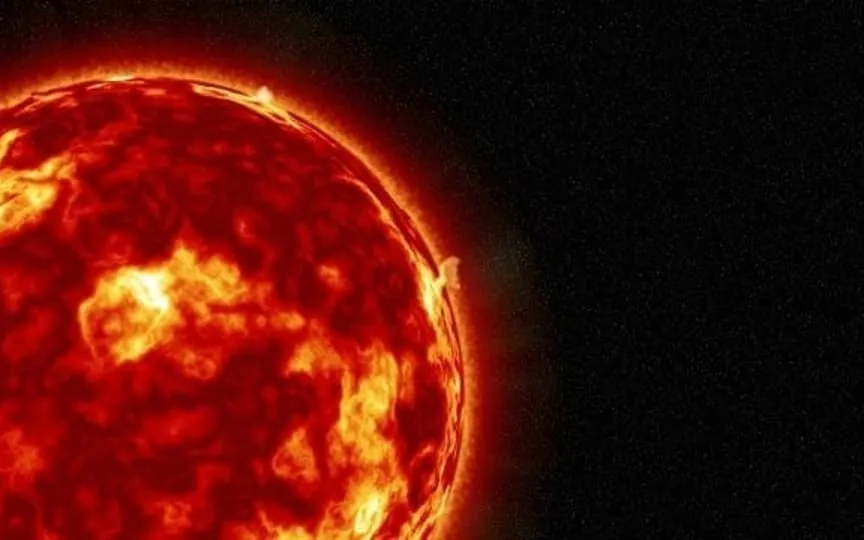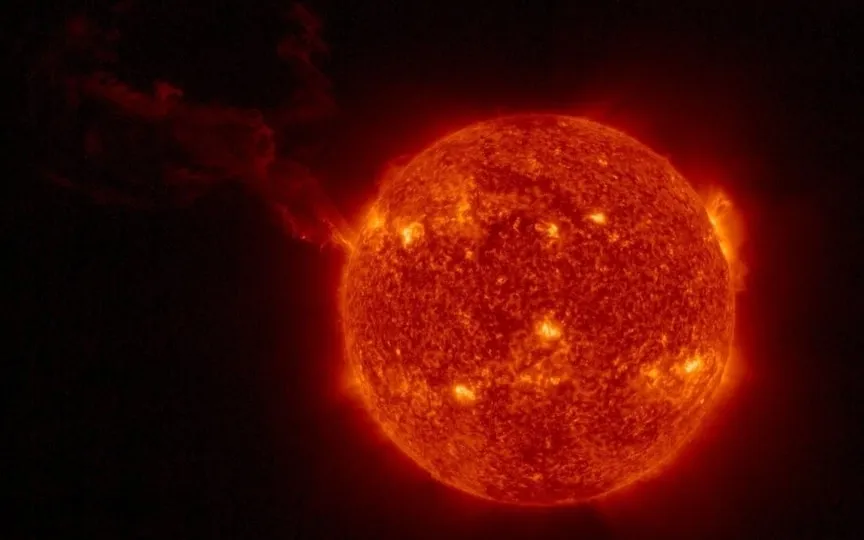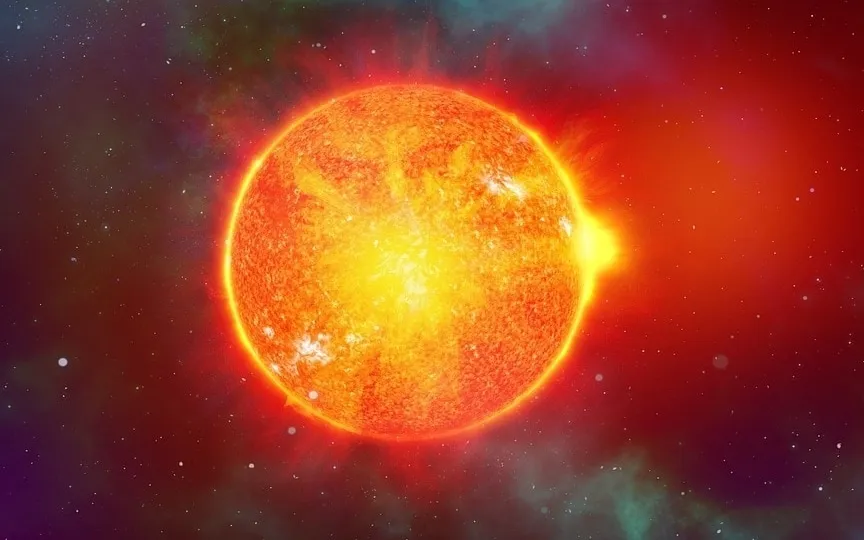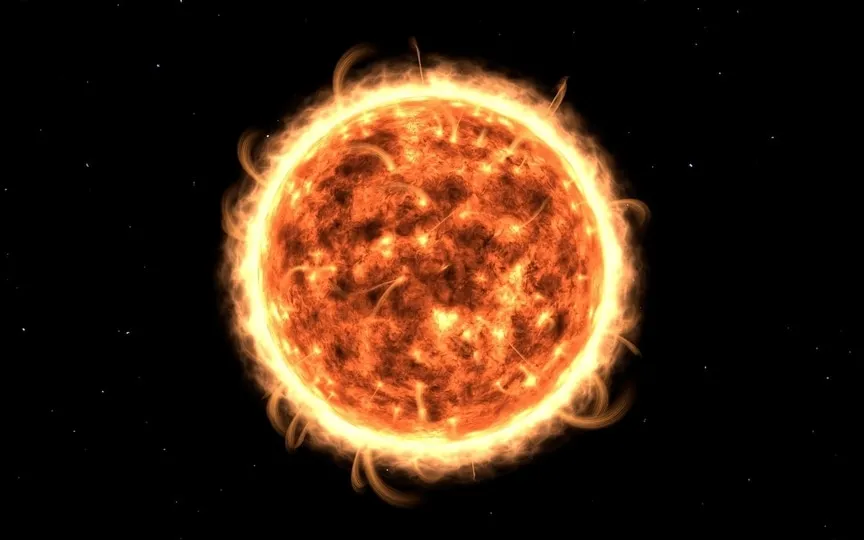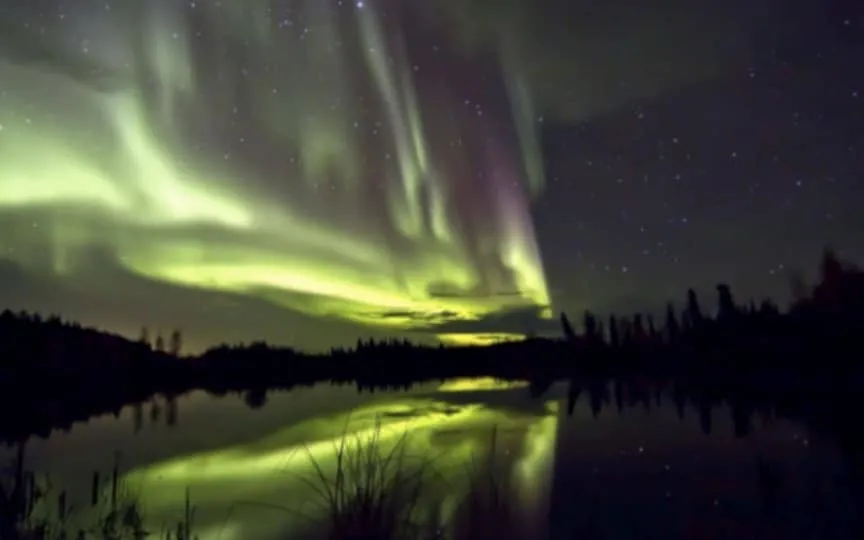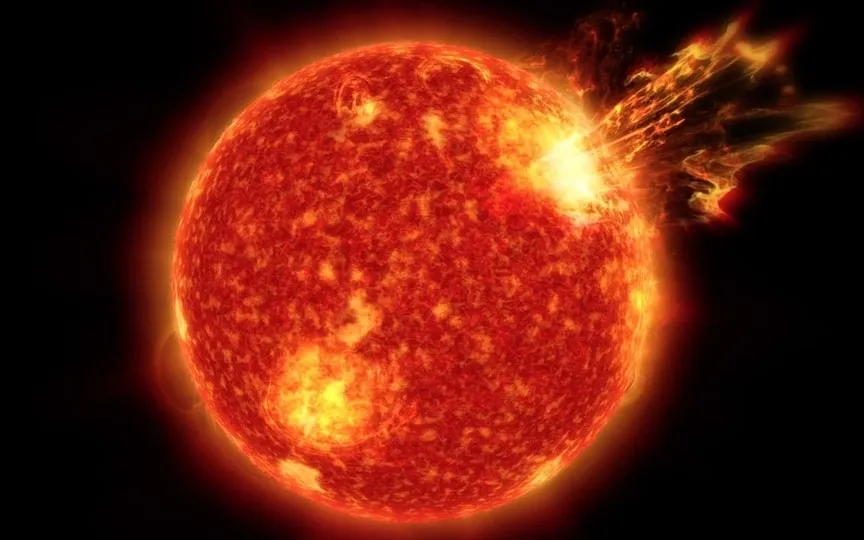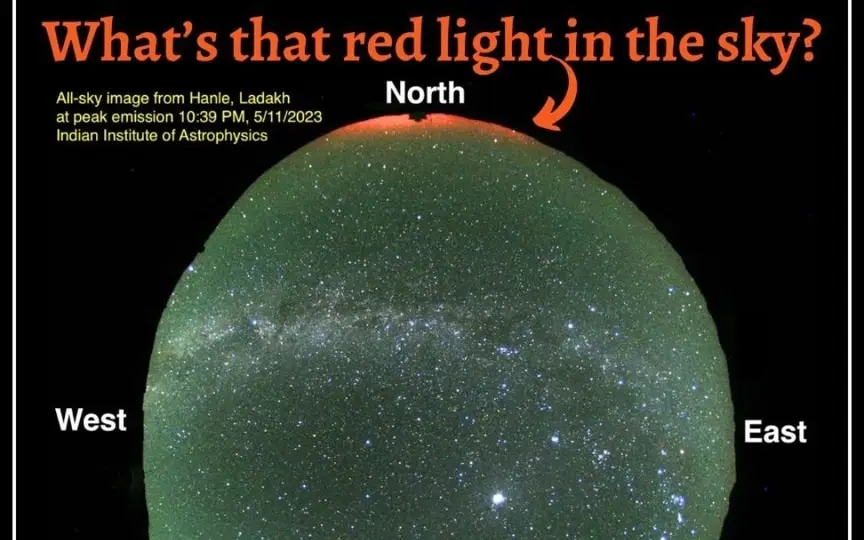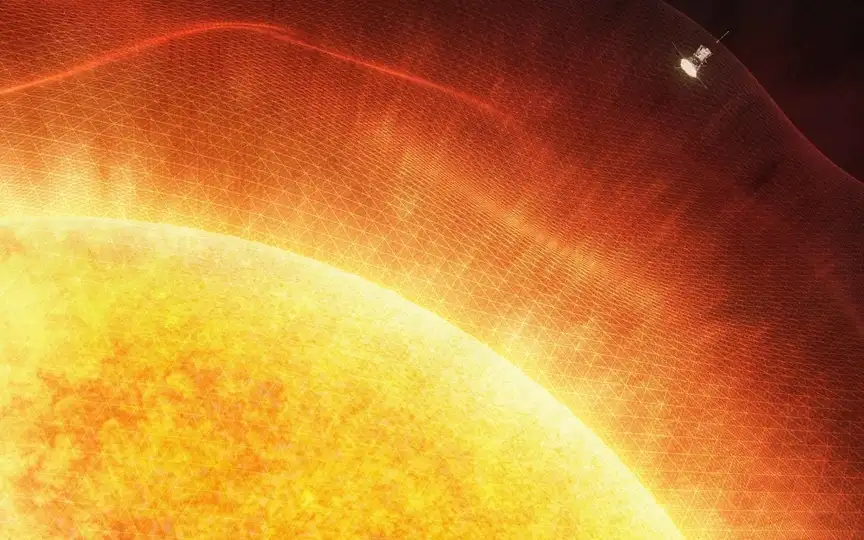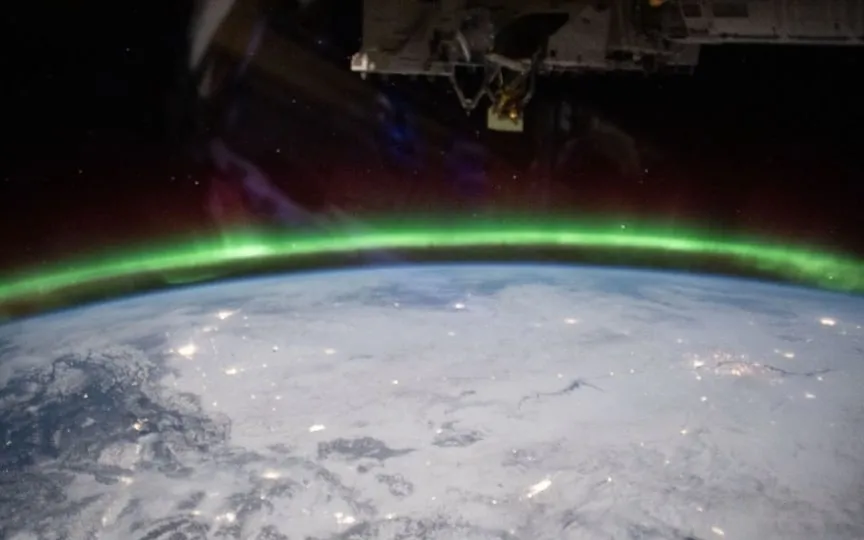Impending solar storm to reach Earth by January 1, promising visible auroras in high latitudes.
As 2024 draws near, the occurrence of solar storms, solar flares, geomagnetic storms, and other solar events is expected to rise. Scientists have predicted that solar cycle 25 will reach its peak, known as solar maximum, in mid-2024. During this phase, the Sun will have the greatest number of sunspots, which are active regions that produce solar flares. These sunspots are responsible for sending potentially dangerous solar storms towards Earth. A recent report has indicated that Earth may be hit by a solar storm, with a possibility of generating auroras.…
Read More
